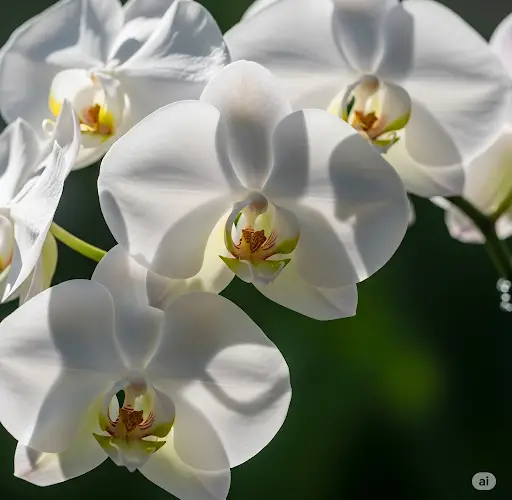Orchids are known for their elegant beauty, exotic blooms, and captivating presence in any indoor space. But keeping them in top shape—and more importantly, getting them to bloom—isn’t always easy. Many orchid owners struggle with slow growth, stubborn plants, or lifeless roots. However, there’s a simple, natural solution that can give your orchids a boost in both flowering and root development: a homemade tonic that works like magic.
This method is safe, budget-friendly, and uses ingredients most people already have at home. Once applied, it helps stimulate blooming and root activity, often within a few weeks. Let’s dive into how this works, why it’s effective, and how to apply it properly.
Why Orchids Struggle to Bloom
Before diving into the solution, it’s helpful to understand why some orchids won’t flower or develop new roots. Common issues include:
-
Lack of light (especially in winter)
-
Improper watering routines
-
Nutrient deficiency
-
Stress from environmental changes
-
Poor substrate or root rot
Even healthy orchids need a little push during their dormant periods or when recovering from stress. That’s where this special mixture comes in.
The Secret: A Natural Nutrient Tonic
What makes orchids respond so positively is a blend of nutrients and natural stimulants found in rice water or banana peel water. These homemade orchid boosters are loaded with vitamins, minerals, and enzymes that awaken the plant’s metabolism and trigger growth signals.
Option 1: Fermented Rice Water
Rice water contains starch, amino acids, and trace minerals that help activate root and flower development.
How to prepare:
-
Rinse half a cup of uncooked rice to remove dust.
-
Add the rice to 2–3 cups of water and soak for 24 hours.
-
After soaking, strain the water and allow it to ferment at room temperature for another 24 hours.
-
Dilute the fermented water at a 1:1 ratio with clean water before using.
This fermented rice water becomes a mild but effective stimulant for both roots and flowers.
Option 2: Banana Peel Infusion
Banana peels are rich in potassium, magnesium, and phosphorus—the very nutrients orchids crave during their growth and blooming phases.
How to prepare:
-
Cut one banana peel into small pieces.
-
Place in a jar and fill with 2 cups of warm water.
-
Let it sit for 24 hours.
-
Strain the liquid and dilute with an equal amount of water.
This infusion acts like a natural liquid fertilizer.
How to Apply the Mixture
Use either of the mixtures once every 10–14 days. Avoid overusing it, as orchids prefer low, consistent feeding rather than excessive nutrition all at once.
Application steps:
-
Water the orchid lightly beforehand to moisten the roots.
-
Slowly pour the mixture around the base of the plant and into the growing medium.
-
Avoid letting the liquid sit in the crown of the plant to prevent rot.
-
If using for orchids mounted on bark or moss, spray the diluted solution using a spray bottle.
What to Expect
After the first couple of applications, you may begin to see:
-
Small white or green root tips emerging from the potting medium
-
Shiny, firmer leaves
-
Tiny flower spikes beginning to form from the base
With regular care, many orchids respond within a few weeks by entering an active growth phase—producing strong roots and beginning a new blooming cycle.
Tips to Maximize Results
To get the best results from these homemade tonics, combine them with the right care practices:
-
Light: Place orchids where they get bright, indirect sunlight. East-facing windows are perfect.
-
Humidity: Orchids love humidity between 50–70%. Mist lightly or use a humidity tray.
-
Airflow: Ensure the growing area is well ventilated to avoid fungal problems.
-
Temperature: Ideal range is 18–24°C (65–75°F). A slight drop in night temperature can trigger blooming.
Also, repot orchids every 1–2 years in a fresh orchid bark mix to prevent root rot and allow good airflow around the roots.
Final Thoughts
Pouring a simple homemade tonic like rice water or banana peel infusion into your orchids can give them the extra push they need to bloom and grow strong roots. These natural solutions are easy to make, free from harmful chemicals, and deliver visible results when used consistently. With just a little effort, you’ll enjoy orchids bursting with flowers and roots that climb confidently through the medium—signs of a truly thriving plant.



